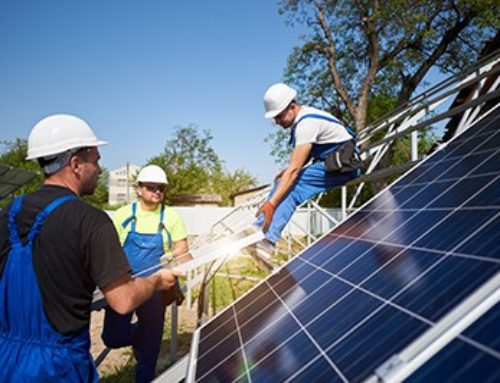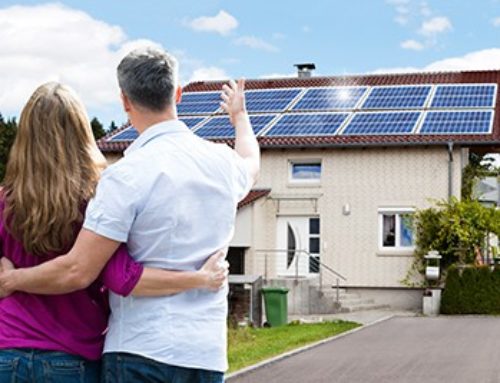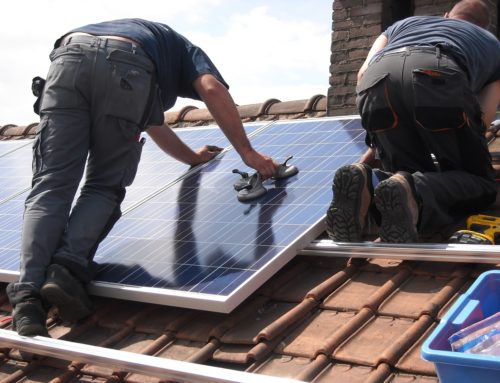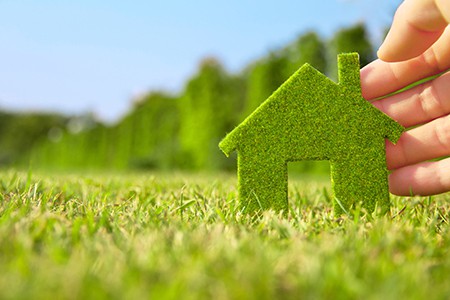
In an ideal world, you would live in a home built completely from renewable natural building materials, drawing power from solar panels, and using energy efficiency appliances.
Then, there is reality.
You are likely living in an existing home that wasn’t built with the environment in mind. The good news is that there are ways to make your home more eco-friendly. Read this article to learn how to make your home more eco-friendly today!
#1 Get control of your water use
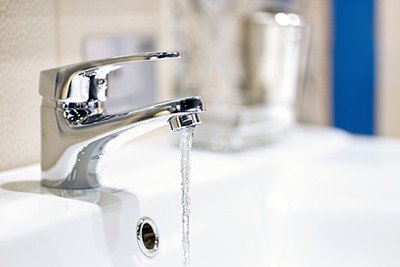
Water is a precious resource that is often sent down the drain unnecessarily. Getting control of how water is used in your home is a major step in becoming eco-friendly.
Did you know that a leaky toilet can waste 200 gallons of water every year? If you have a leaking toilet (or a dripping faucet), get it fixed. It will stop the water flow and lower your water costs.
Here are a few other ways to conserve water:
- Shut off the faucet when you are brushing your teeth
- Install a low flow shower head
- Take a shower instead of a bath
- Run full loads of dishes and laundry
#2 Get smart with lighting
An easy way to get a lower carbon footprint house is to get smart with lighting your home.

Go with natural light when possible. Open up the blinds and let the sunshine in. The natural light allows you to turn off lamps and other lights. Plus, if you open up the blinds in the wintertime, you get the benefit of heat from the sun.
Another way to get smart with lighting is to switch to LED light bulbs. Incandescent bulbs are highly inefficient with only 10% of the power used going towards producing light. The rest is lost in heat. LED light bulbs are significantly more efficient, plus they can last up to 50 times longer than an incandescent.
When updating your outdoor lighting, consider lights with small solar panels attached. The lights can go anywhere as long as they get direct sunlight for several hours a day.
#3 Insulate your home
Insulation provides a barrier between indoor and outdoor air. It slows down the transfer of heat, thus keeping warm air out in the summer and in during the winter.
Make sure your attic and walls have sufficient insulation for your climate. Those living in colder parts of the country need higher levels of insulation. However, homes in warmer areas of the country need insulation to keep cooling costs down.
#4 Use natural building materials and cleaners
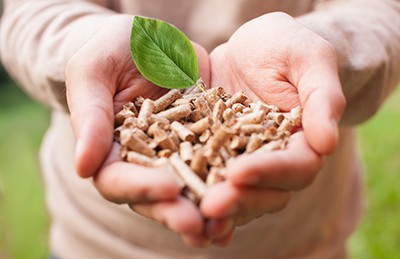
If you are building a shed or deck, look for materials that come from renewable sources. Natural materials should be the first choice. Recycled materials are the more eco-friendly option. In fact, entire eco friendly green houses can be made from materials recycled from other buildings.
Natural cleaners should also be on your list. Harmful chemicals are not environmentally friendly, plus they can be toxic to you and your family. Vinegar and baking soda are two options for natural cleaning.
#5 Shop with eco-friendliness in mind
When you go shopping, always be cognizant of a product’s impact on the environment.
Here’s a few things to consider:
- Look for products without excess packaging or packaging made from plastics
- Go for produce and meat grown locally if possible
- Choose certified organic products when possible
- Buy foods when they are in season
- Use reusable shopping bags made from recycled or natural materials
Thinking Beyond Today
As you can see, there are a number of things you can do today to make your home more eco-friendly. However, there are other things you can do over time to make your home a low carbon footprint house. By taking deliberate steps, you can take your old inefficient house and make it into an environmentally friendly landmark in the neighborhood.
- Replace your windows. Single pane windows are highly inefficient. You can buy cheap energy efficient windows with double or triple panes. A double-pane window can save up to 24% in energy costs during the winter months.
- Buy energy efficiency appliances. When your old refrigerator or stove is in need of replacement, look for high efficiency replacements. An Energy Star-rated refrigerator, for example, uses 15% less energy than standard ones.
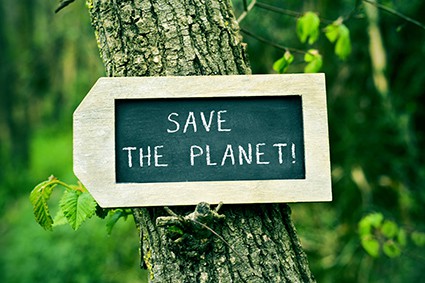
- Add solar panels and wind turbines to your home. The more energy you can derive from renewable sources such as the sun and wind, the less you will depend on energy from the grid. Even small solar panels designated for specific uses can lower green energy costs.
- Use rainwater. Instead of letting rainwater flow away, capture it and keep it in a rain barrel or cistern. You can use the retained water to hydrate your landscaping or to water your food garden. It is also possible to have the water come into your home for cooking, cleaning, and bathing purposes.
- Go with a green roof. When it’s time to replace your existing roof, consider switching over to a green roof. A green roof replaces asphalt shingles with natural grass and soil. This natural roof offers insulation properties as well as enhancing oxygen production to the area.
- Invest in a geothermal heating and cooling system. When your current heating and cooling system is ready for replacement, consider installing a geothermal replacement system. These systems can lower energy use significantly, especially when paired with solar or wind power.
Of course, if you are ever in a position to build a home, you need to embrace the technologies of eco friendly green houses. Sustainable buildings give you a stylish place to call home. With many prefab homes eco friendly, you can get your abode in place and ready for habitation in a short amount of time.
Making your current (and future) home more eco-friendly is getting easier by the day. From cheap energy efficient windows to prefab homes eco friendly allows you to enjoy lower green energy costs and sustainable buildings now and in the future.
